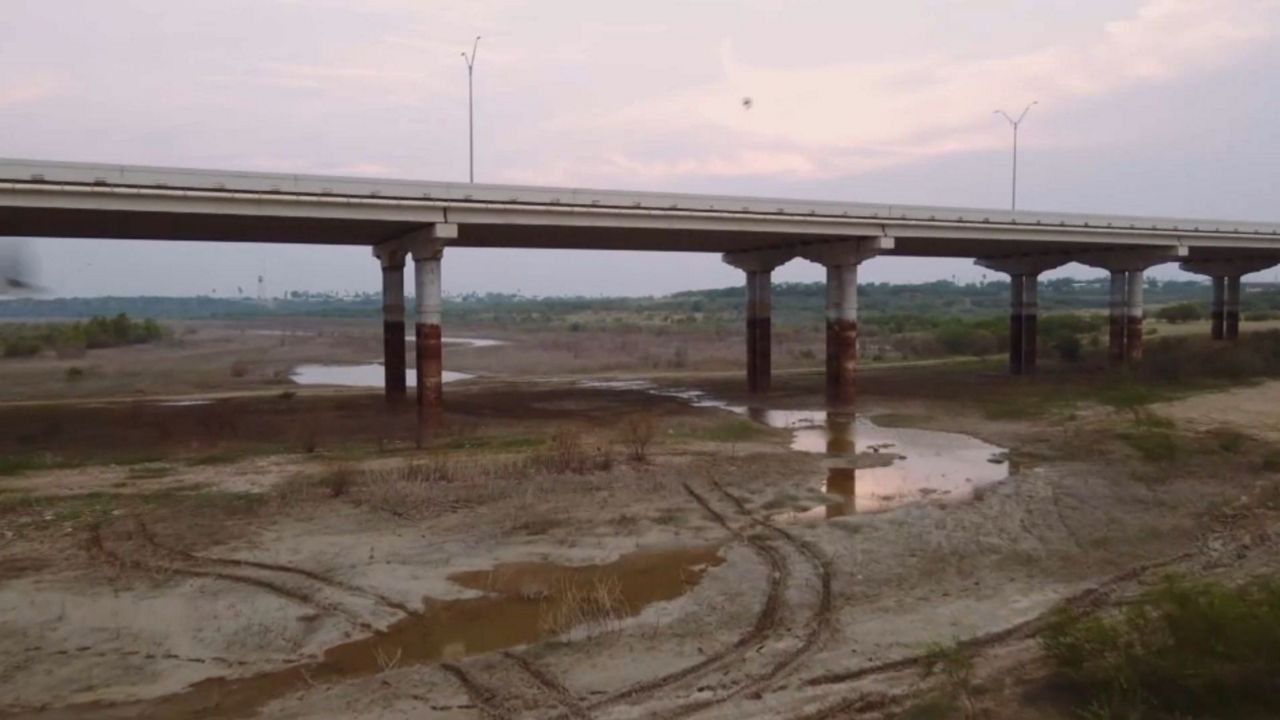AUSTIN, Texas - The City of Austin and Travis County launched their joint emergency operations center Thursday, bringing all first response teams together to handle the flood.
- Local government focused on Colorado River
- Decision was made not open record number of Mansfield Dam floodgates
- A 2014 memo outlines concerns about Longhorn Dam
"We have APD patrolling to see which low water crossings may need to be closed," said Angel Flores with the City of Austin's Homeland Security and Emergency Management Department. "Also, [staff with] FEWS--the Flood Early Warning System--is also monitoring low water crossings to see what needs to be closed."
With a swollen Lady Bird Lake all week, the hike and bike trails closed. The same goes for every Austin waterway through at least next Tuesday. Lady Bird Lake's abnormally high elevation caused water to flood part of West Cesar Chavez under Lamar Boulevard.
"The westbound, outside lane of Cesar Chavez from Walter Seaholm Dr to B.R. Reynolds Dr. remains closed due to water entering the roadway through the drainage inlet," Flores said. "Street and Bridge staff will continue to monitor the remaining street segment for additional water concerns."
The biggest concern for local government is the Colorado River.
The Lower Colorado River Authority decided Thursday not to open a record number of floodgates at Mansfield Dam. That means less water is moving through Longhorn Dam than anticipated.
Longhorn Dam is handling the roughly 28,000 cubic feet per second of water flowing through it now, but city staff were unsure how it would handle almost double that amount.
According to the city's Waterway Restriction Plan, Longhorn Dam's total discharge capacity is just over 60,000 cubic feet per second, and the dam's floodgates are overtopped if more than 45,000 cubic feet of water flow through Longhorn Dam per second. Eight fully open floodgates at Mansfield Dam would release 40,000 cubic feet of water per second; another 7,500 cubic feet per second of water move through the three electricity generating turbines, the plan said.
A 2014 memo from a managing engineer within the Austin Watershed Protection Department raised concerns about Longhorn Dam. The report followed the Halloween Floods that flooded Auditorium Shores and the Stevie Ray Vaughan statue.
"Over the years, some of the lift gates have failed to open or close properly," the memo said. "This is reportedly an inherent problem with the type of houses at Longhorn Dam. The gate hoists themselves tend not to open the gate evenly which 'racks' the gate and causes the wheels to jam in the slot."
The price tag for the "essential repairs" was estimated at $8.5 million in 2012. More elaborate repairs pushed the price tag to $16.5 million.
"Austin Energy conducted repairs on Longhorn Dam," Flores said. "Then Austin Energy and Austin Water conducted an operational assessment of it back in February."
Austin Energy used to manage Longhorn Dam because Lady Bird Lake was originally created as a cooling pond for power plants. The dam was transferred to Austin Water earlier this year, which has a team on-site until the flooding is over.
"They have been in close coordination with LCRA--our partners over there--and their operations folks as this rain and flood event has been happening," said Ginny Guerrero, a spokeswoman with Austin Water.
Additionally, Guerrero said crews are monitoring water quality at the city's three water treatment plants. They pull water from Lake Travis and Lake Austin, and she said adjustments are made as needed to treat for turbidity and other changes in the city's drinking water.












